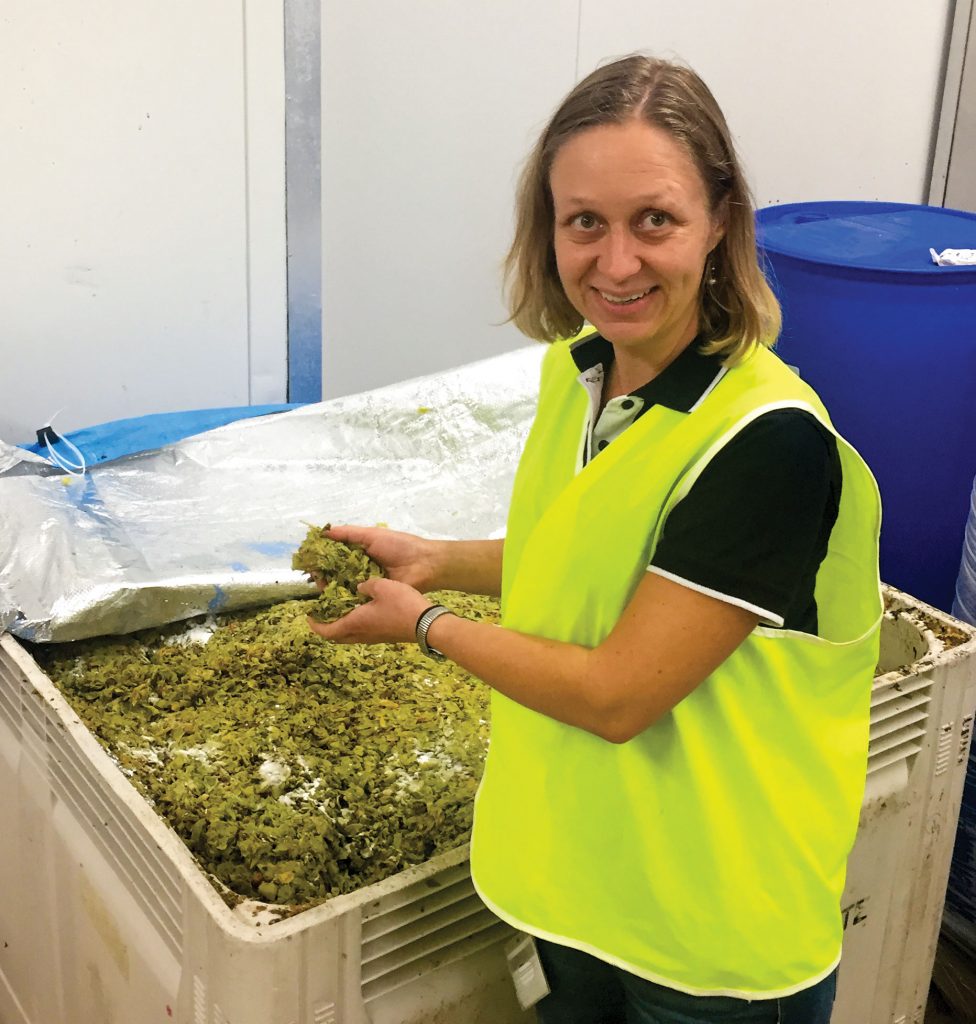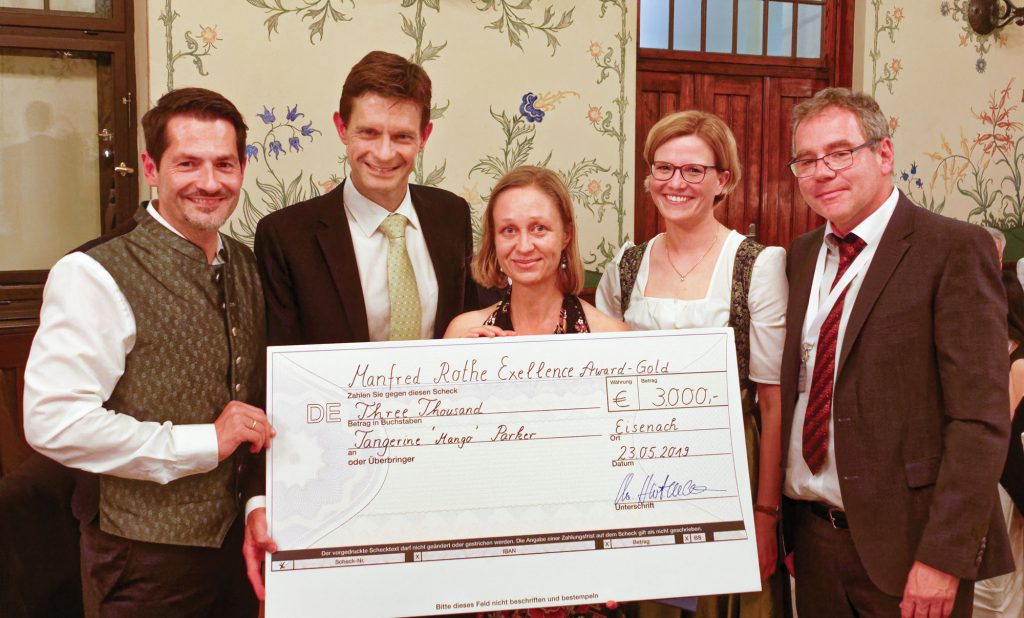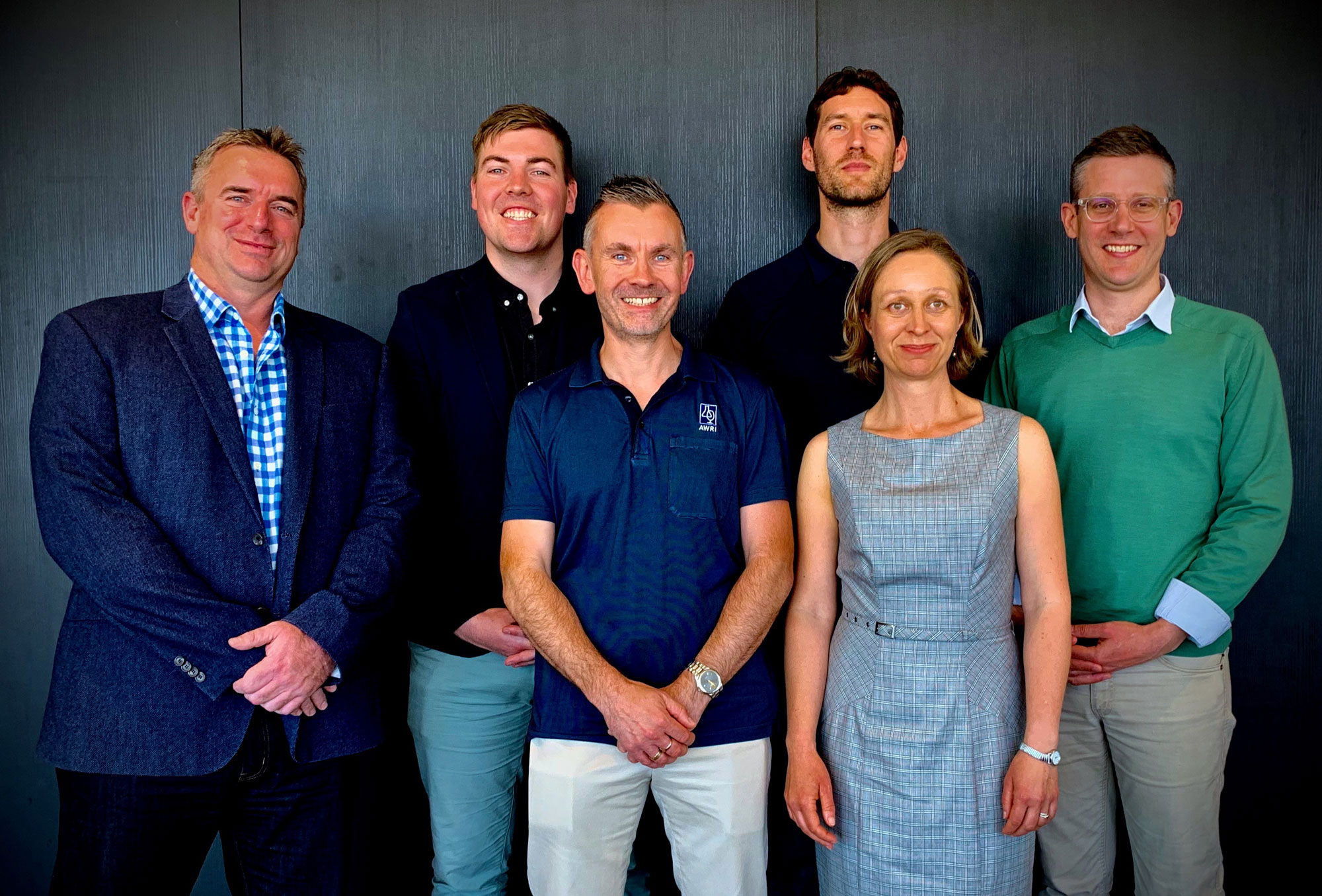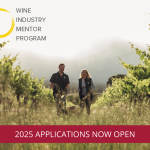Joint AWRI/Wine Australia team in the 2019 CSIRO ON Prime program for innovation
Research is one of the pillars of industry and discovery. Mango Parker, a research scientist with the Australian Wine Research Institute, is making efforts in the wine sector to help understand more about wine’s sensory aspects. More recently, she presented her findings on the effect of smoke on pre-veraison winegrapes at the National Bushfire Conference. Journalist Samuel Squire caught up with Parker to chat about her high calibre career in the wine industry so far and how research makes its mark.
Great wine is grown in the vineyard and crafted in the winery, yet without the researchers behind the industry, it’s a wonder to think where producers would be today.
The scientific side of the wine industry helps producers operate – it’s a crucial element of the grape to glass process.
Dr Mango Parker, a research scientist with the Australian Wine Research Institute (AWRI), studied a Bachelor of Science in Chemistry at Flinders University in South Australia and was studying her PhD at the AWRI before starting her current position there.
“My PhD was on grape-derived glycosides and their role in flavour release during wine consumption and production,” Parker said.
She said the main focus of her study was about trying to understand what happens when you put glycosides, which are flavour precursors with no smell, into your mouth.
“It turns out that for most people, enzymes in the saliva can break down the glycosides, releasing flavour in the mouth.
“To be technical, you ‘smell’ the flavour by the retronasal passage that connects the mouth and the nose.
“We had seen this effect with glycosides that are found in smoke-affected grapes, and my PhD showed that some positive grape flavours can also be released from glycosides, especially from floral varieties like Gewürztraminer and Muscats.
“I was intrigued to understand this phenomenon and excited to do my PhD on it.”
In May of 2019, Parker was awarded the inaugural Manfred Rothe Gold Award for Excellence in Flavour Science for early career researchers with less than eight years since PhD completion, despite not having submitted her thesis at the time.
“The award was for my PhD work in glycosides,” she said, “The award recognises scientific challenge and an entrepreneurial aspect”.
“The work on glycoside flavour release involved chemistry of volatiles and non-volatiles, biology of the mouth, saliva bacterial testing, and sensory evaluation, so quite a lot of different fields overlapping.
“The entrepreneurial project involved investigations into extracting glycosides from grape marc, and removing the bitterness to make an interesting natural flavour extract, which could be legally added to wine to boost flavour.
“What we found was that glycosides can contribute to wine flavour by flavour release in-mouth, and that people vary in their response to glycosides.
“That’s mainly because of differing sensitivities to the released flavour because of differing aroma thresholds, not because of differences in salivary enzymes or oral bacteria.”
In her early days in the wine industry, Parker was offered a graduate position with then-Southcorp Wines, now Treasury Wine Estates, where she dove into the chemistry side of wine production.
“I didn’t have much idea of the industry at the time, so I did some snooping around to find out what the industry was like, and Leigh Francis and other folks at the AWRI gave me a positive impression,” she said.

It’s very satisfying to see research through to the point where it can make a lasting difference, and I enjoy the challenge of doing good science with practical outcomes.
Mango Parker
A valued team member
“I started at the Lindeman’s winery at Karadoc, where I was welcomed and quickly felt like a valued member of the team. I was struck by how passionate and friendly everyone was, and I was impressed by the appetite for continuous improvement.”
After working at Lindeman’s Wines, Parker moved into an open position at the AWRI as a scientist where she started to get her focus on research and analysis.
“It took me a while to get my head around research, but now I feel it’s where I can make a difference and contribute.
“It’s very satisfying to see research through to the point where it can make a lasting difference, and I enjoy the challenge of doing good science with practical outcomes. I don’t think I’d be able to do the job of a winemaker or viticulturist, but anyway, my husband is a winemaker and one in the family is enough for us!”
Parker says wine research is something that people find easy to relate to.
“Everyone can relate to the sense of smell and taste, and most people love talking about wine,” she said.
“In many areas of research, you can be quite a long way removed from the people who will ultimately use the research, but in wine research, the growers and winemakers are keen to hear about it and adopt the outcomes.
“The science is also very complicated, so that keeps things interesting.”
Parker says the differences between individuals and the complexities of flavour chemistry helped influence her decision to work on researching wine flavour using chemistry and sensory analysis techniques.
“In flavour chemistry, as soon as you introduce sensory, there is a massive amount of variation between people,” she said, “I think it’s fascinating that other people are having such different experiences of the same thing”.
“It’s very rewarding to be able to analyse wine using high-tech equipment and then match the results to the human experience. Often we find humans more sensitive than our most sensitive instruments!”
Right now, with the research on smoke in grapes and wine, the dynamic between wine research and practical application of it by the industry’s winemakers is “pretty intense”, according to Parker.
She says winemakers are keen to learn about new research and adopt its outcomes as soon as possible.

Responding to need for more knowedge about smoke taint
“We are responding to a clear need for the industry to know more about smoke in grapes and wine.
“Our information about smoke taint is up-to-date with the latest research findings, so check out the smoke taint resources on the AWRI website. There’s plenty of practical advice.
“I encourage winemakers and viticulturists to stay in touch with the AWRI. There are lots of practical resources like demonstration videos and webinars on YouTube, fact sheets, workshops, and the Australian Wine Industry Technical Conference is coming up again in June 2022.
“If you are having trouble with anything, be it stuck ferments, stinky sulfurs or whatever, just think to yourself, do you understand what is happening, and what is best practice? We love to hear what is working, and even better, what isn’t!”
Parker was one of the many high-level presenters at the 2021 National Wine Industry Bushfire Conference staged simultaneously in Hahndorf, Wangaratta, Sydney and Perth.
She presented on the effects, or possible effects, of smoke on winegrapes pre-veraison. Her research was prompted after the 2020 Cudlee Creek bushfire in South Australia’s Adelaide Hills wine region, which left some producers with little-to-no vintage.
Grapegrowers and winemakers were concerned about the possible effect of smoke on their crop, so they asked a lot of questions of the AWRI.
Parker said there was a noticeable gap in industry knowledge and so the team decided to undertake research into those questions.
“The Cudlee Creek fire of 2020 generated a lot of smoke very early in the grape ripening process, well before veraison,” she said.
“Previous research indicated that the risk of smoke taint at this stage was low to variable, and the big fire events in the past had all been much closer to harvest, in autumn. While we all hoped that the smoke wouldn’t be taken up by the grapes, at least not to a point where the wines were noticeably smoky, we saw an opportunity to do a proper scientific study into the effect.
“Unfortunately, we did see uptake of the smoke by the unripe, hard and green berries, which persisted through into the wines.
“There were some vineyards quite close to the fire scar which didn’t take up much smoke at all, and the wines were clean, but other vineyards took up a lot of smoke due to drift of the smoke plume, despite being further away from the fire scar, and produced smoky wines.
“The smoke effect was quite localised and we recommend to test individual sites rather than generalise about the whole region. We also showed that it’s possible to get an indication of the smoke exposure quite early in the season, which could help guide decisions on vineyard management and winemaking options.
“We want to make sure that we don’t have smoke tainted wine in the market that could damage brand reputation, and on the other hand we don’t want crop to go to waste if it’s suitable to make wine, so there is a lot at stake.”
Parker says that, knowing the current climate change projections, it is likely that bushfires and controlled burns
are going to be issues the industry will continue to face into the future, so there is a real need to understand the impact of fire and smoke taint on winegrapes.
“The project was very collaborative in how it came about, with input from the AWRI, Wine Australia, PIRSA and Adelaide Hills Wine Region,” she said, “Dozens of grapegrowers and winemakers offered vineyard access and other forms of support for the project”.
“Already, the information about early-season smoke is being used in negotiations about controlled burns in particular.”
Parker wants to encourage more people to consider working in the research field behind wine production.
“It’s an exciting time to be in wine research, and there are some pretty cool opportunities coming up, so if you have wine research tendencies, keep an eye on this space,” she said.
“We are always keen to work with practitioners to trial and implement our research, and to hear about ideas for where more research is needed. The AWRI is working on a wide range of projects, not just in winemaking but also in viticulture and sustainability.
“There’s lots we don’t know about wine and grapes, so there’s plenty of mystery still.
“Maybe that’s what I like about it. And at the end of the day, each wine has its own story that makes it special. From the sensory and chemistry point of view it’s so complex and nuanced, that will keep it mysterious for a good while yet.”





















